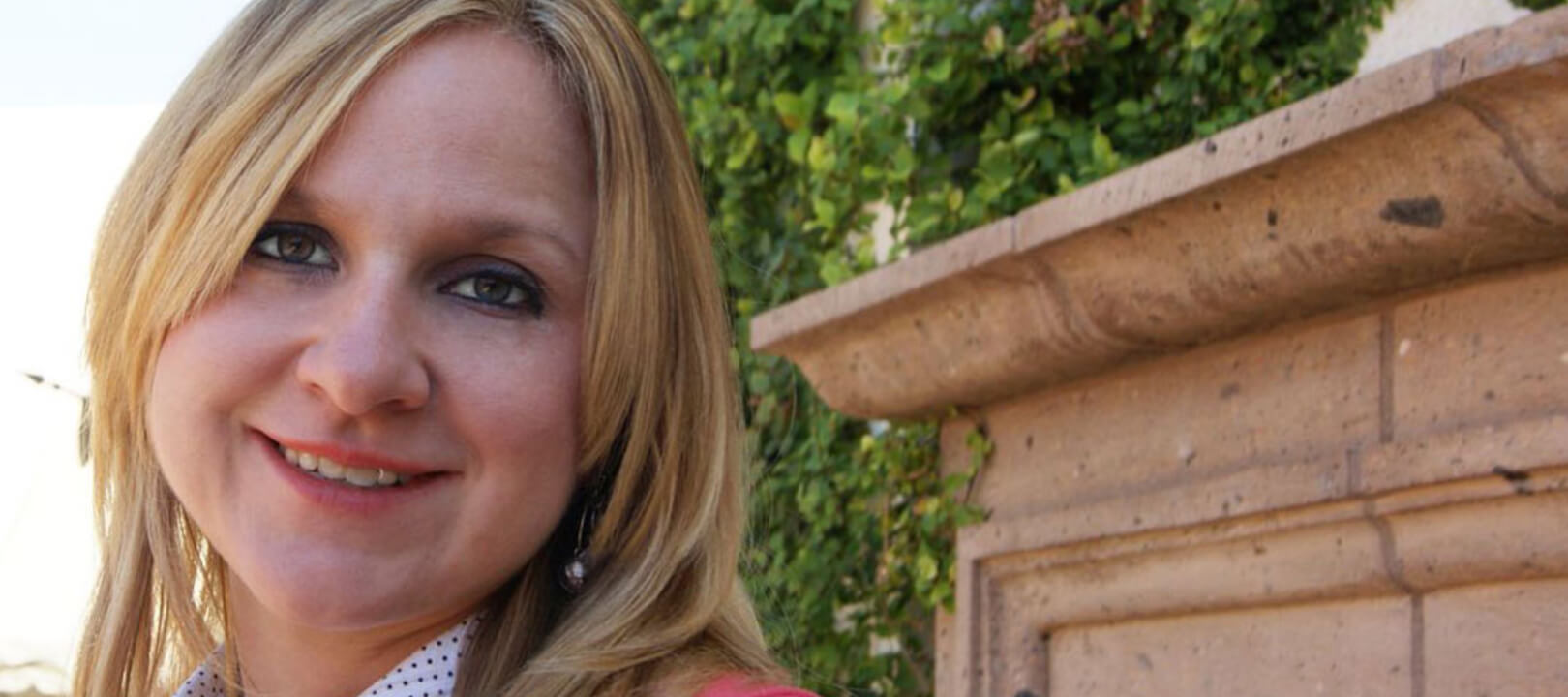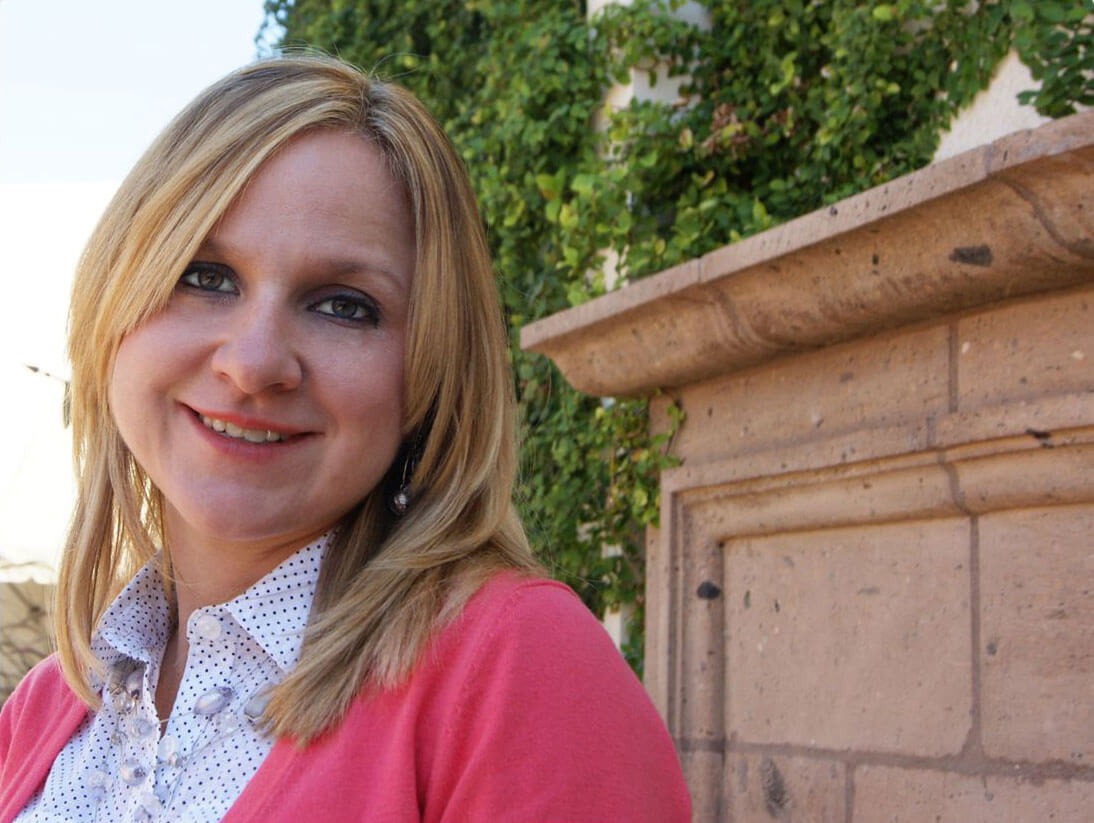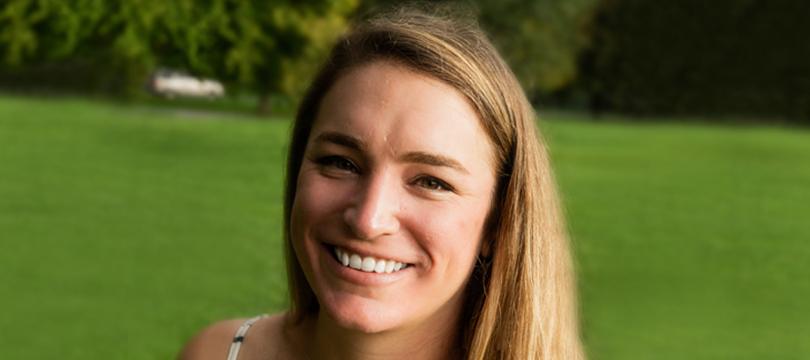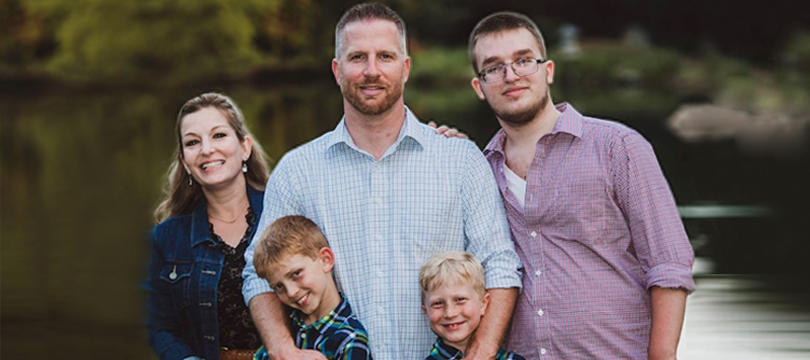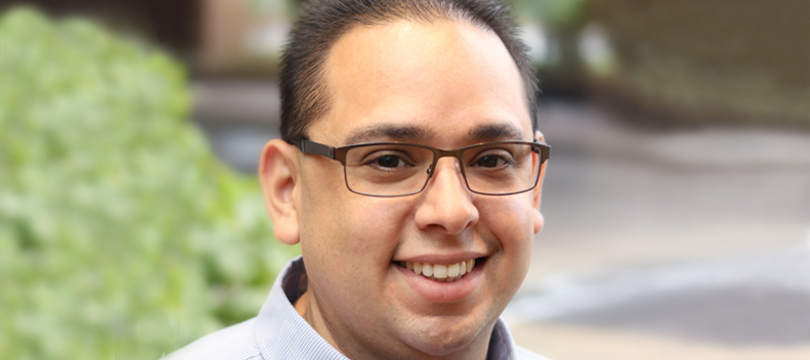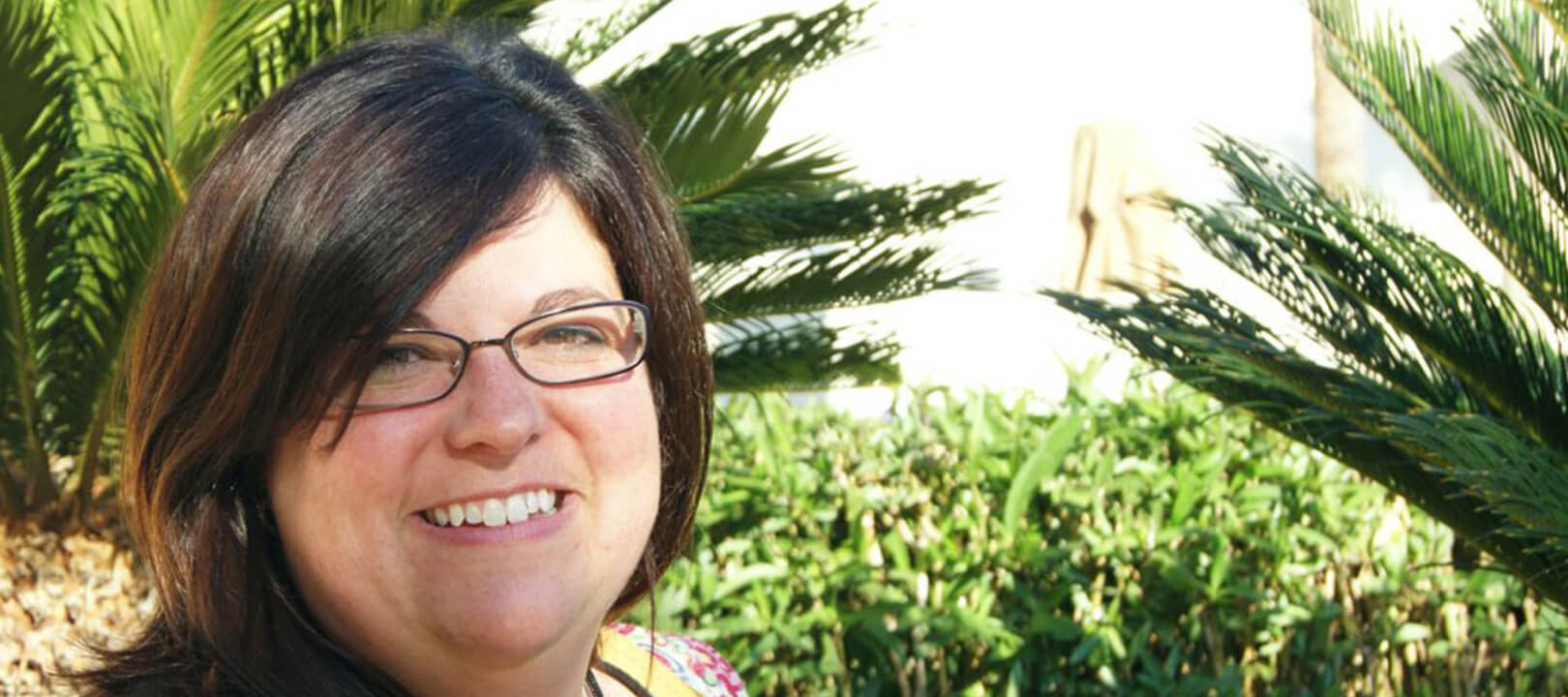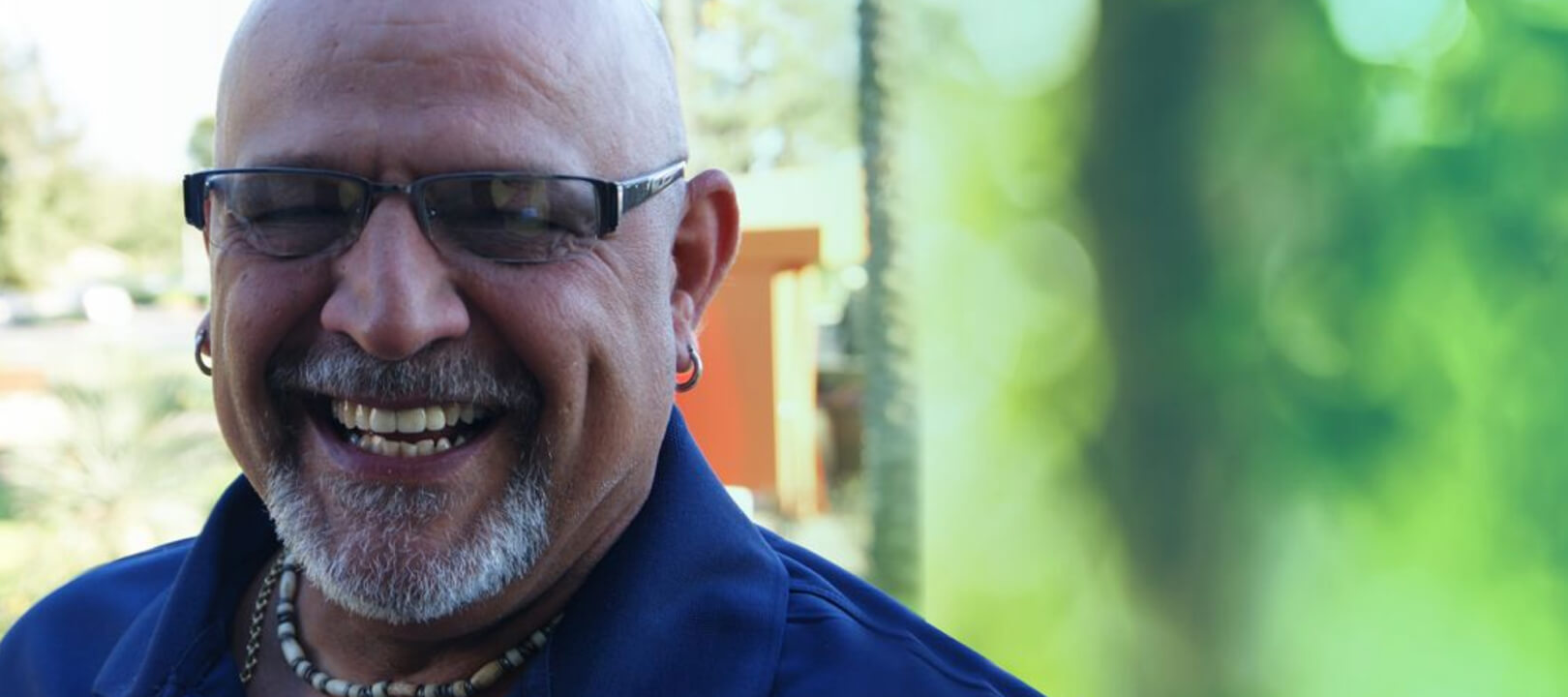Jennifer’s story
Discovering a community
Megan is a child with Williams syndrome and Nicholas has hemophilia. Nicholas' hemophilia diagnosis was not expected, as there was no previous confirmed diagnosis of hemophilia in the family. However, a heel-stick performed after Nicholas’ birth produced oozing, a factor level of less than 1%, and a diagnosis of severe hemophilia. Nicholas was treated with factor, and he remained in the hospital for 1 month after birth. His factor level improved, but he developed complications and, as a result, will never be able to have a catheter. When he needs infusions, his family takes him to the emergency room. Because of the complications, Nicholas is under the care of a cardiologist, as well as a hematologist. Understandably, Jennifer and her husband Matthew have many concerns about their son’s condition. "We worry about treatment for Nicholas as he gets older and the fact that he cannot have a port for preventative treatment,” she says. “Right now, he is on-demand only. We take lots of precautions in our home and outside of the home as much as we can.”
We use all of the resources in the hemophilia community,
and as a family, we have made many friends.
Fortunately, as they’ve gotten more familiar with the hemophilia community, Jennifer and her family have been extremely pleased with all of the resources available to them. It can be difficult having a toddler with hemophilia and a young child with special needs, but Jennifer says, "We haven't stopped for hemophilia. We use all of the resources in the hemophilia community, and as a family, we have made many friends."
Nicholas will begin preschool in the fall, and Jennifer plans to hold an educational session with the teachers and staff at the school. The family also plans to attend a camp with Nicholas in the near future. Jennifer believes that every family with a child with hemophilia should get involved with an HTC as soon as possible and take advantage of the important support systems they can provide.
A family of advocates
Nicholas, now 8, is busier than ever with baseball, swimming, soccer, and basketball. All of Nicholas’ activities are discussed with his treatment team, who help determine the right activity level and the dosing regimen for Nicholas. He has also been selected to be part of a special STEM program, an educational program focusing on science, technology, engineering, and math.
At first, Jennifer was concerned about her son starting school, but she says the transition has gone smoothly. “When Nicholas started kindergarten, we did an educational presentation with the school nurse and the class. They have all his records, they know about his factor, and if there’s a problem, they’ll call us,” she says. “We’re happy we have a good connection with the school and a close relationship with the school nurse.”
It was scary when he was born,
but I really truly feel that it’s made us stronger as a family.
Even Jennifer’s now 19-year-old daughter, Kaitlyn, is actively involved with the hemophilia community. “She’s a freshman in college now, and as her schedule permits, she’ll go out of her way to attend community events.” Kaitlyn has chosen to focus on pediatrics, a decision that Jennifer believes was informed by Kaitlyn’s experience caring for Nicholas.
As far as Nicholas’ treatment goes, Jennifer makes sure to keep him involved and informed so he can eventually be responsible for his own treatment. “He attends hemophilia events and he got to go to camp for the first time this past summer,” she says. “He got to learn about infusing and learned a lot from the older boys in the camp.”
Overall, Jennifer has a positive view of her family’s experience living with hemophilia. “We’re doing great; Nicholas is doing great. It was scary when he was born, but I really truly feel that it’s made us stronger as a family. It hasn’t changed the way that we live our lives. We don’t live it for hemophilia.”
